Here is my “living page” of recommended gear and services related to music production. As we all know, there is plenty of gear out there (and a lot of marketing to go with it).
I’ve been fortunate enough to work on some high-end gear (SSL console at school, Dolby Atmos mix theatre at my workplace, vintage Neumann microphones on vocals, etc.), but I’m also fully aware of the need for great value and price-to-performance ratio for home studios. I’d like to share my personal recommendations for beginner and intermediate music production setups, and even a few advanced recommendation (though producers in advanced studios likely already have a solid idea of what they need). I’ll also share what I personally use in my home studio as well as what’s on my Wishlist!
This is cliché to write, but it’s not about the gear your have, it’s about how you use it.
And just like music itself, the rules of what’s “right” are meant to be broken.
So this is all just my advice on what I’d recommend for gear and services. If you find yourself on this page, I’m honoured that you’re interested in what I have to say!
Please check out what I have to recommend, and for more information on any given product catagory, check out my in-depth buyers’ guides here.
Full disclosure: I may or may not receive a small commission if you decide to purchase anything through my links (at no additional cost to you). It’s a small way to help me make more free-for-you content here at Fox Music Production. The potential for commissions has no influence over my recommendations.
Beginner

So you’re just getting into music production. That’s great!
I started with a cheap laptop and FL Studio way back in 2009, using the stock plugins and a USB microphone. We don’t have to build a full studio to get into the wonderful world of music production, but having some of the basics certainly helps.
After trying out a lot of entry-level gear over the years, I’ve developed a list of gear I’d invest in if I were starting over in my music production journey.
Intermediate
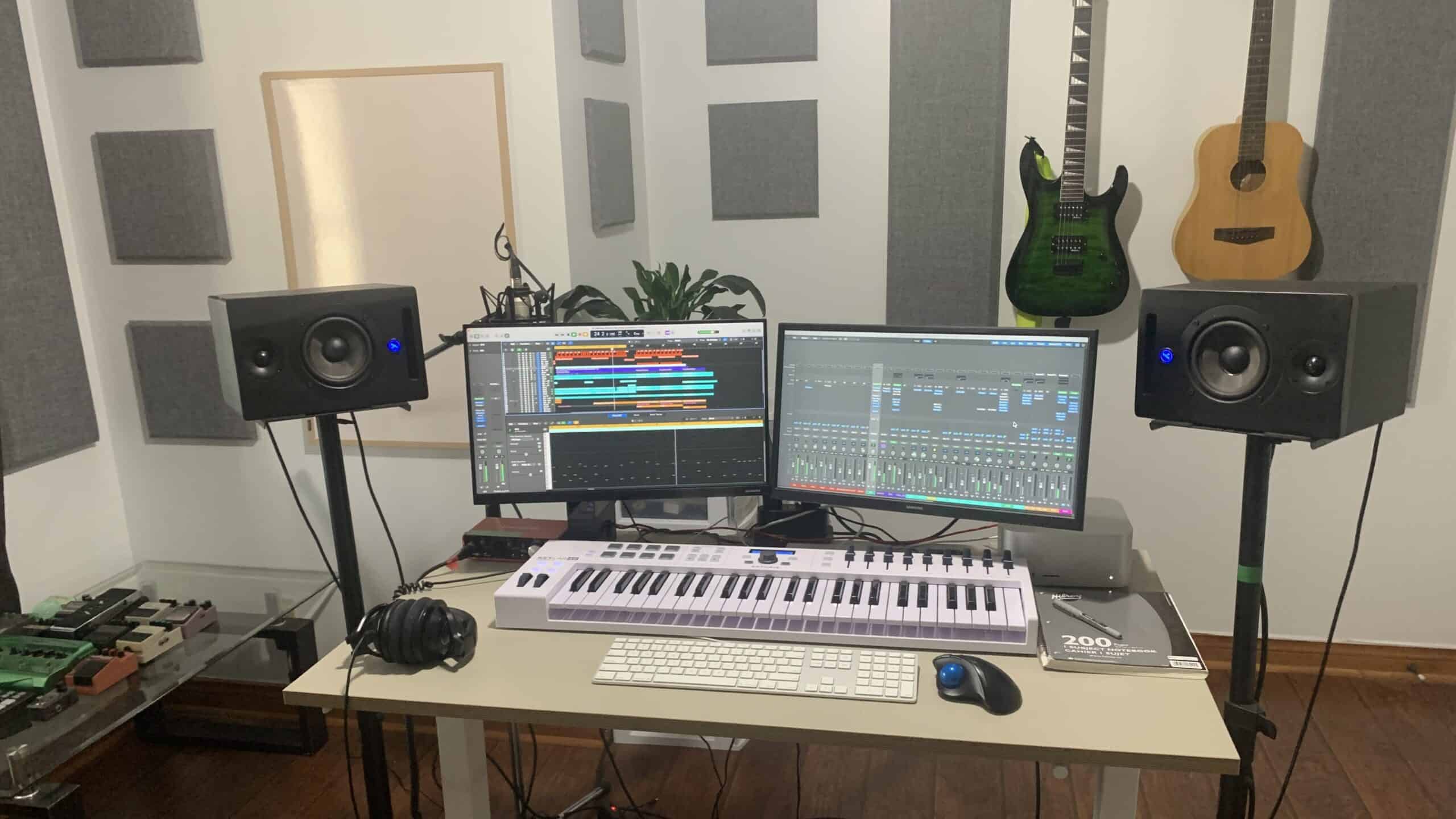
This, to me, is the sweet spot for msuicians producing themselves, which is ultimately the crux of this website.
With the democratization of music production equipment and distribution, we can effectively do everything ourselves without the need for high-end studios (though these studios are certainly worth it in many cases).
At this stage, we can really mold our studios to suit our goals and workflows, so my biggest recommendation is to only invest in the gear that will get you closest to the results you want.
That said, here are my recommendations for “intermediate” studios, which encompass most home studio builds.
Advanced
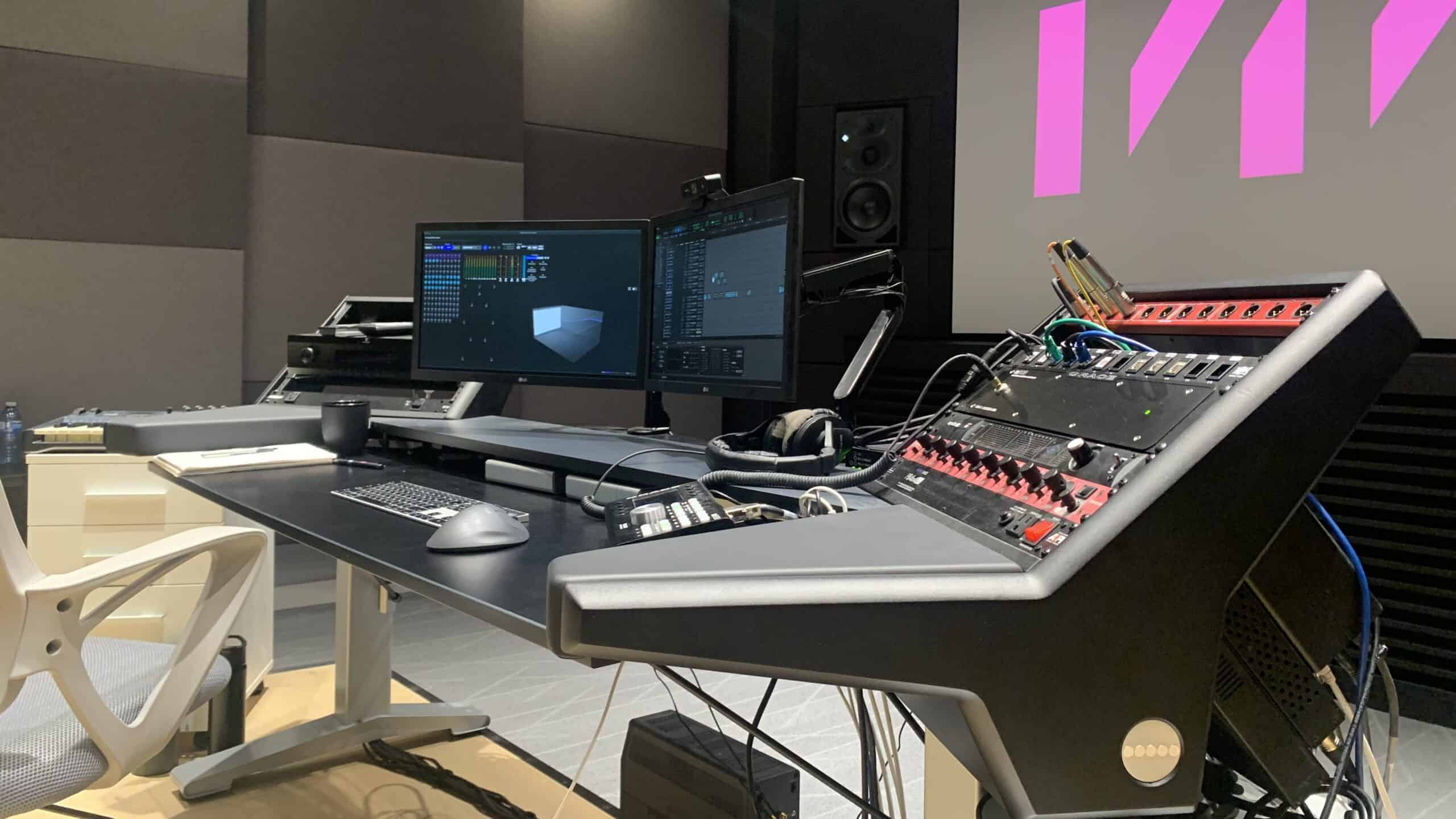
If you’ve made it to the point where you require a high-end, advanced music production studio, then you probably don’t need my advice.
That being said, I’d like to offer a few recommendations from my experience (outside my home studio, admittedly) on what to consider for an advanced studio build. If you’re in the beginner or intermediate stages, this can give you an idea of where you may want to go.
Now, in advanced setups, there’s likely to be a lot of customization, from the physical structure and acoustic treatment of the studio to the studio furniture and routing.
You’ll know what’s best for your workflow and what’s required to get your specific work done, so I’ll leave that to you. For example, I could recommend SSL or Neve mixing consoles, but if you’re a fan of API instead, then that’s your choice! Likewise with outboard gear and musical instruments.
Nonetheless, here are a few recommendations I have for the high-end music studio.
My Gear
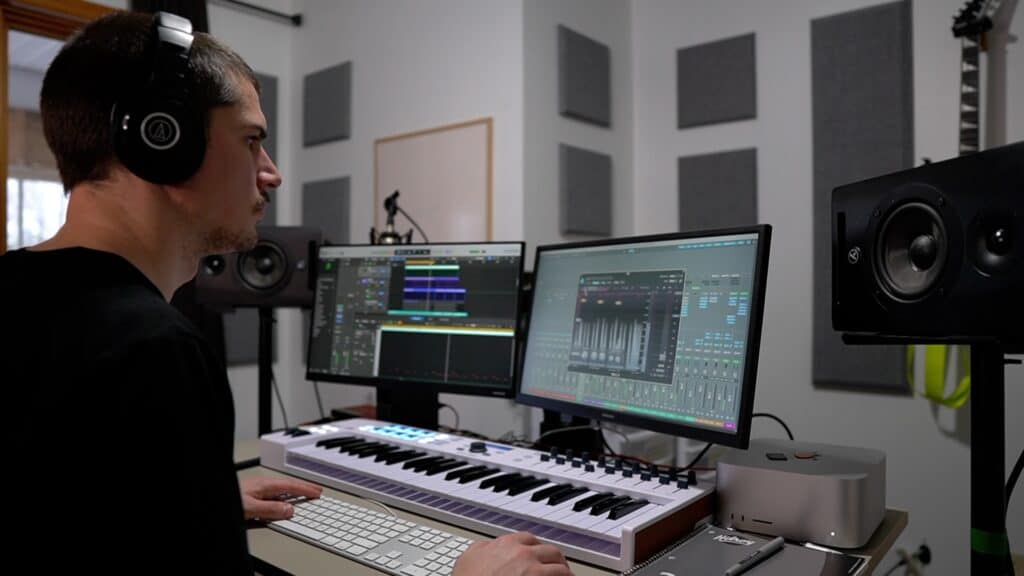
I’ve been slowly but surely investing in my home studio over the years. Now that I have a house, I’ve set up in a spare bedroom and am building out my ideal music production environment for my own music and the music of others.
In this section, I want to share my current gear.
My Wish List
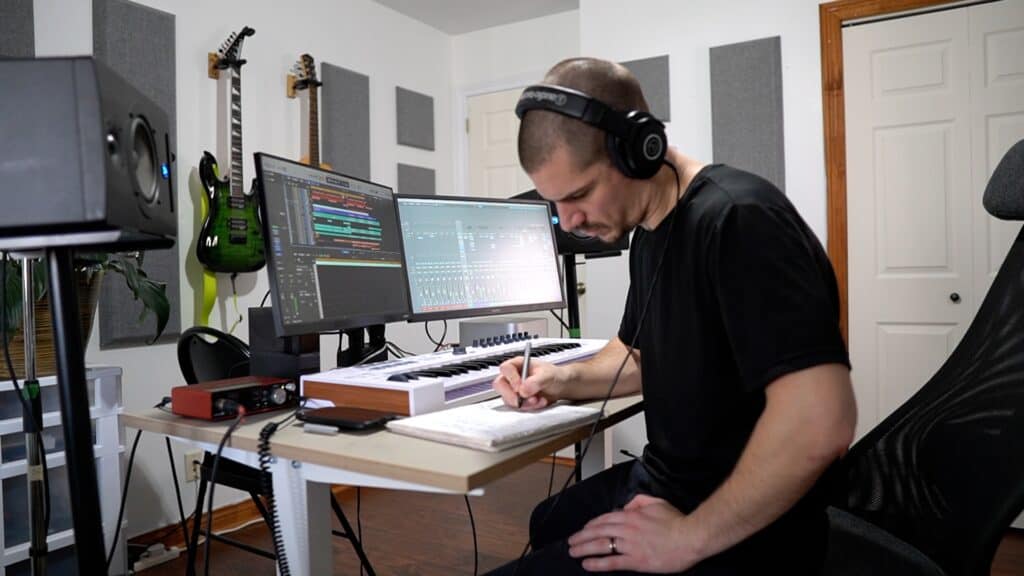
It’s my goal to build out and opimize my home studio for music production, and that, of course, means optimizing my equipment. Here’s what’s on my current “wish list” for my home studio.
Plugins

What’s great about plugins and mixing “in the box” is that it further democratizes music production. For a fraction of the price of hardware, we can utilize plugins (often the same as the professionals) to create our music.
I’ve accumulated an excessive number of plugins over the years. Here are a few of favourites and my personal recommendations for plugins.
Note that, I’d always advise mastering the stock plugins within your DAW before investing in third-party options. There’s a lot you can doing within your DAW’s built-in processing.
Of course, in some cases, a third-party plugin is required, but please don’t fall into the trap of thinking that a new plugin will solve all your problems — more often than not, it’s not the case!
Services
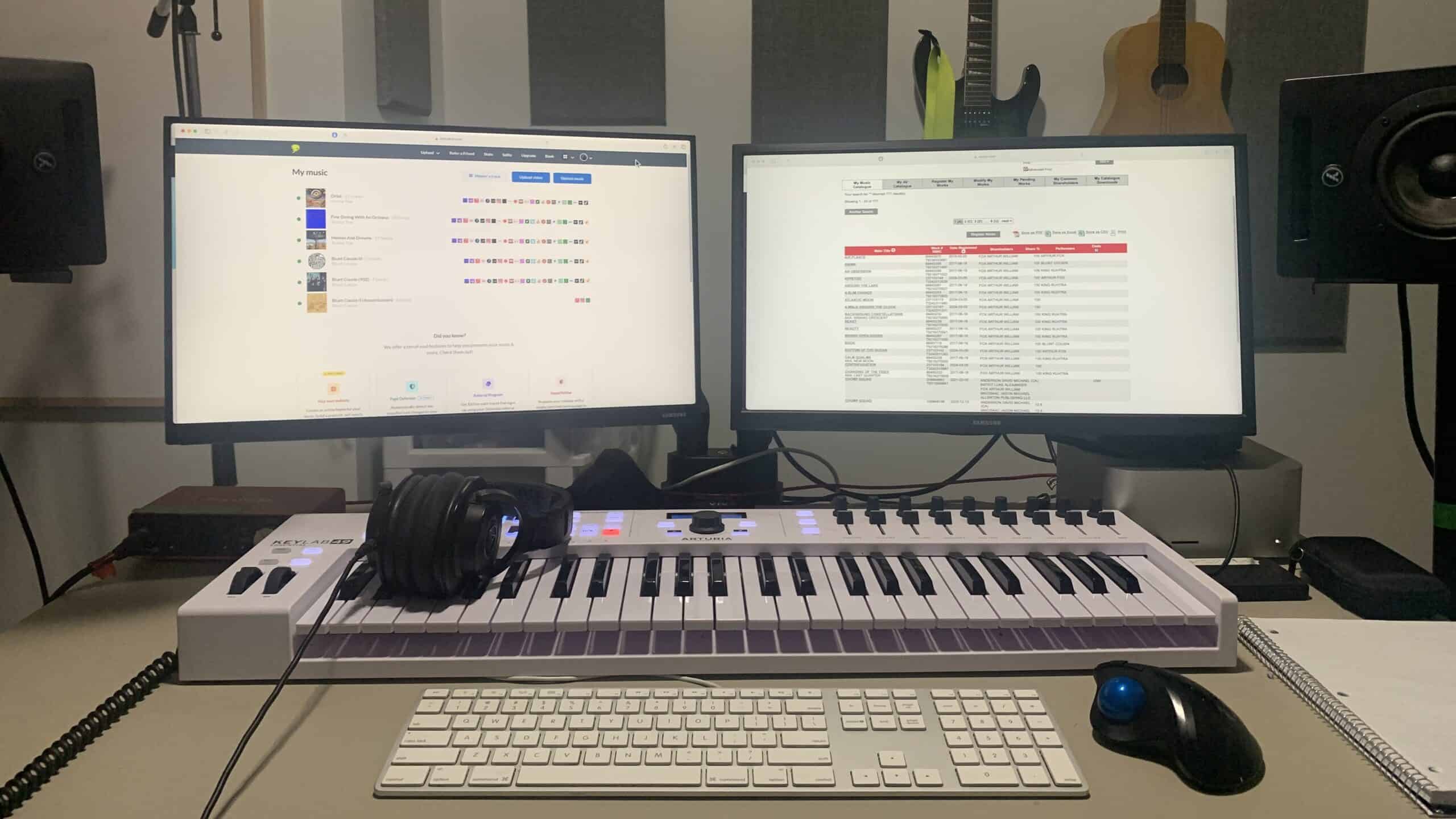
There’s a lot that goes into music production that we could use help with. Here are a few services/retailers/resources I recommend for music producers!
